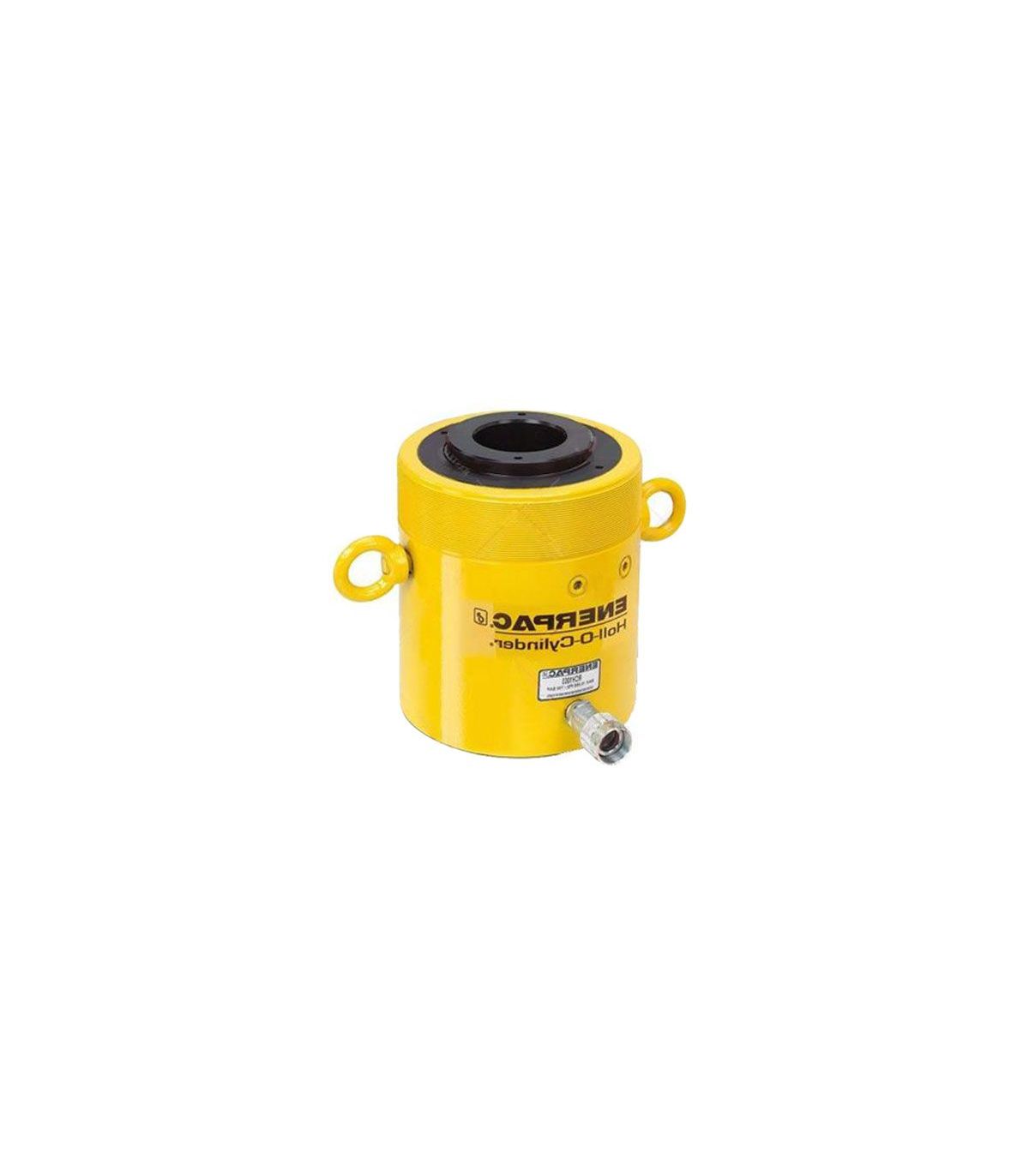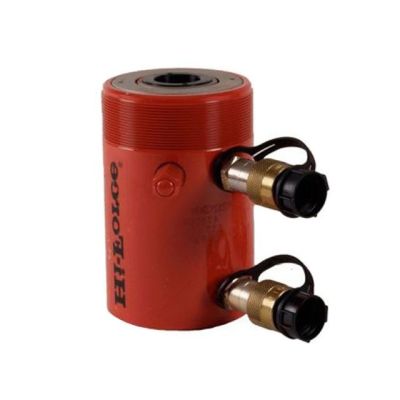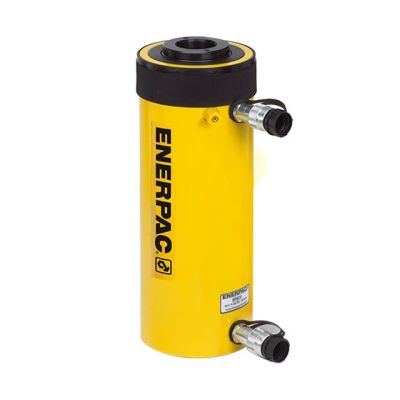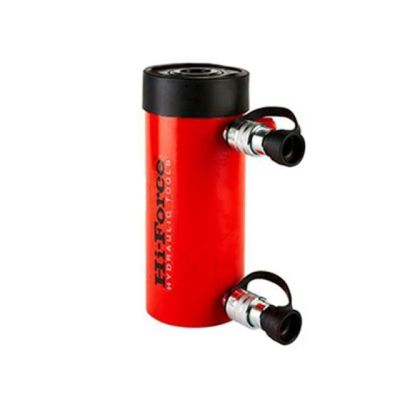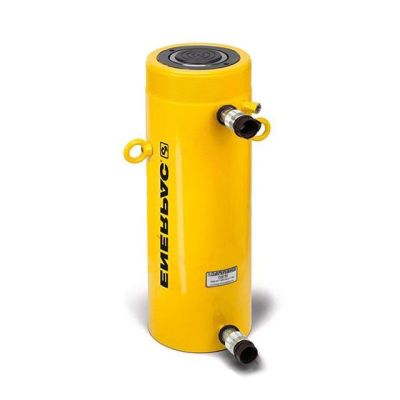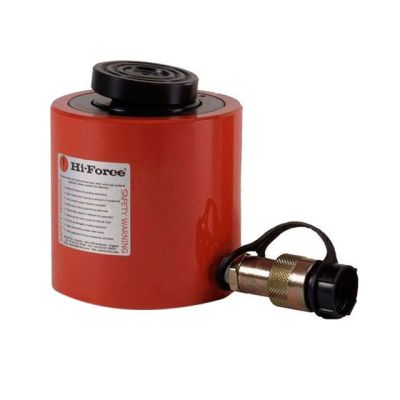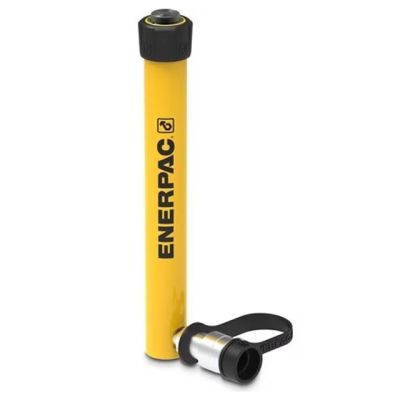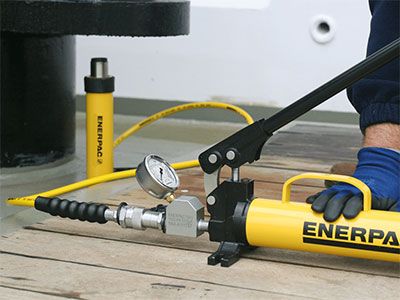Cylinder hydraulic jack
A cylinder hydraulic jack is a powerful tool used for lifting heavy loads by applying force through a hydraulic cylinder. The main component of this jack is the cylinder, which houses hydraulic fluid and a piston. When the hydraulic fluid is pressurized, it pushes the piston upward, creating a lifting force. This mechanism allows the jack to lift heavy objects with minimal effort, making it an essential tool in various industries such as automotive repair, construction, and manufacturing.
How hydraulic jack works?
The operation of a cylinder hydraulic jack is based on Pascal’s Law, which states that pressure applied to a confined fluid is transmitted equally in all directions. In the context of a hydraulic jack, this means that a small force applied to the hydraulic fluid in a small cylinder can generate a much larger force in a larger cylinder. This principle allows the jack to lift heavy loads with a relatively small input force. The hydraulic fluid, usually oil, is pumped into the cylinder using a manual or powered pump, creating the necessary pressure to lift the load.
Size of the hydraulic jacks
Cylinder hydraulic jacks come in various sizes and capacities, ranging from small, portable models used for vehicle maintenance to large, industrial-grade jacks capable of lifting several tons. The design of these jacks can also vary, with some featuring single-acting cylinders that only lift the load, while others have double-acting cylinders that can both lift and lower the load. The choice of jack depends on the specific requirements of the task at hand, including the weight of the load and the available space for operation.
Safety of working with hydraulic jacks
Safety is a critical consideration when using cylinder hydraulic jacks. Proper maintenance of the hydraulic system, including regular checks for leaks and ensuring the hydraulic fluid is at the correct level, is essential to prevent accidents. Additionally, users should always follow the manufacturer’s guidelines for safe operation, including using the jack on a stable, level surface and never exceeding its rated capacity. By adhering to these safety practices, users can ensure the efficient and safe use of cylinder hydraulic jacks in their various applications.
Read moreShow less

